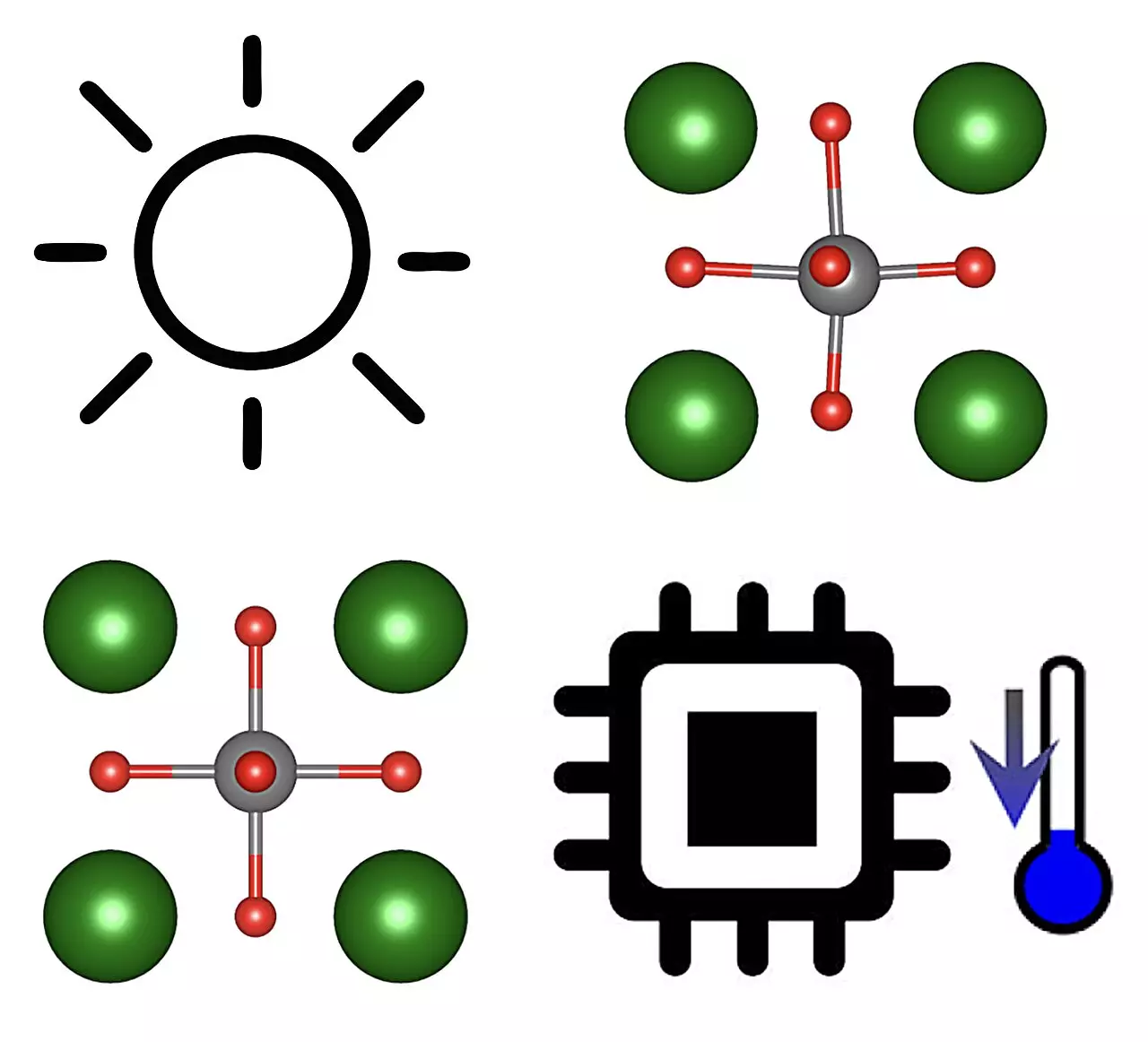As the world grapples with climate change and energy consumption issues, innovations in refrigeration technology are increasingly imperative. Traditional refrigeration relies heavily on gases and liquids for cooling, which often results in significant greenhouse gas emissions. Enter solid-state cooling: an alternative approach that utilizes the inherent properties of solid materials to facilitate cooling without the need for these harmful substances. Researchers are focusing on this technology’s potential to deliver efficient cooling methods while mitigating environmental impacts. What lies at the core of this promising technology? The answer encompasses a myriad of physical phenomena and material properties, rich in possibilities but fraught with challenges.
Despite the buzz surrounding solid-state cooling, its practical application has faced numerous obstacles. Conventional caloric effects—such as magnetocaloric and electrocaloric effects—while technically viable, are often limited to narrow temperature ranges and specific operational conditions. These constraints impede the efficient implementation of capable refrigeration systems across various applications. For instance, the typical caloric effect only manifests within temperature intervals of approximately 10K, hampering wider usability in everyday refrigeration needs.
Recent developments from the Institut de Ciència de Materials de Barcelona and Universitat Politècnica de Catalunya reveal a potentially groundbreaking advancement in solid-state cooling: giant photocaloric (PC) effects observed in certain ferroelectric materials. The principle behind these PC effects is rooted in the capacity of ferroelectric materials, such as BaTiO3 and KNbO3, to undergo phase transitions induced by light exposure. Essentially, this transformation results in significant variations in entropy that can be harnessed for cooling applications. The collaborative research underscores a unified ambition to innovate traditional cooling techniques by integrating light as a pivotal control mechanism.
Claudio Cazorla, one of the study’s co-authors, articulates the inspiration behind this exploration, citing an event that sparked a serendipitous realization: the intersection of light-induced phase transitions and efficient cooling systems. This revelation not only revitalizes interest in thermally sensitive materials but also positions solid-state cooling at the forefront of next-generation refrigeration solutions.
One of the most tantalizing aspects of PC effects is their ability to function across a vastly broader temperature range—up to 100K—compared to traditional caloric materials. This extended operational range paves the way for versatile applications in environments that require adaptive thermal management, ranging from consumer electronics to advanced quantum technologies. Moreover, the non-invasive nature of utilizing light absorption makes it feasible to sidestep the complexities associated with electrode integration on ferroelectric materials, simplifying manufacturing processes significantly.
In practical terms, this could lead to miniaturized cooling systems where small lasers provide the necessary light, making them suitable for compact environments, such as cooling CPUs and other circuit components—areas traditionally prone to thermal issues. Furthermore, the absolute necessity of energy-efficient, environmentally friendly cooling mechanisms aligns seamlessly with global energy conservation goals.
The implications of this research extend beyond immediate applications; they set the stage for a new frontier in materials science. Cazorla, Rurali, and colleagues are now investigating other material families exhibiting light-induced phase transitions, with the intent to further enhance the utility of solid-state cooling technologies. Their ongoing efforts also delve into the dimensionality of materials, which could yield advancements in application—particularly in two-dimensional materials and thin film technologies that may demonstrate unique thermal properties.
As the parameters around charge density waves and associated material structures are critically examined, there’s potential for establishing more profound connections between light usage and refrigeration efficiency. This relentless pursuit could inspire future studies that bridge the gap between theoretical discoveries and practical implementations, enhancing the landscape of cooling technologies overall.
The prospect of photocaloric effects in solid-state cooling is not merely an academic curiosity but a transformative pathway for creating sustainable refrigeration solutions. As researchers continue to unveil the capabilities of ferroelectric materials and light interaction, the potential to revolutionize refrigeration technology appears increasingly viable. The journey ahead will undoubtedly be characterized by rigorous exploration, with the research findings paving the way for innovations that balance environmental considerations with technological advancement. The future of refrigeration lies in embracing materials science, informed by energetic approaches that commit to both efficiency and ecological responsibility.


Leave a Reply